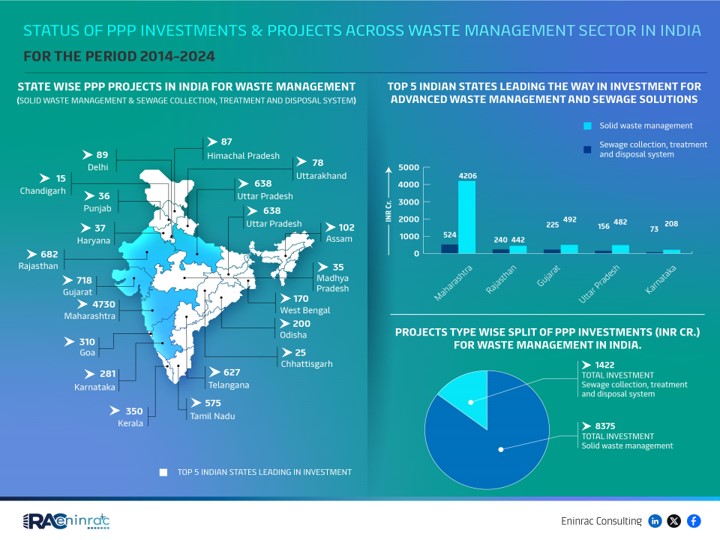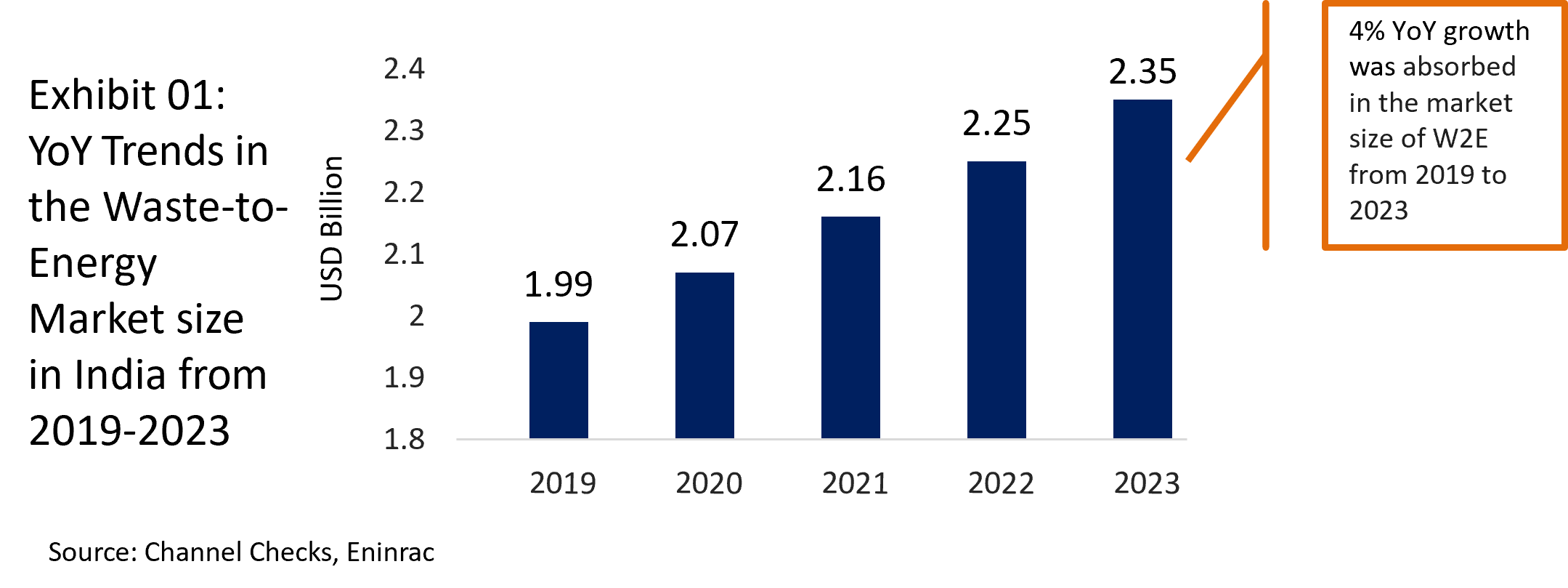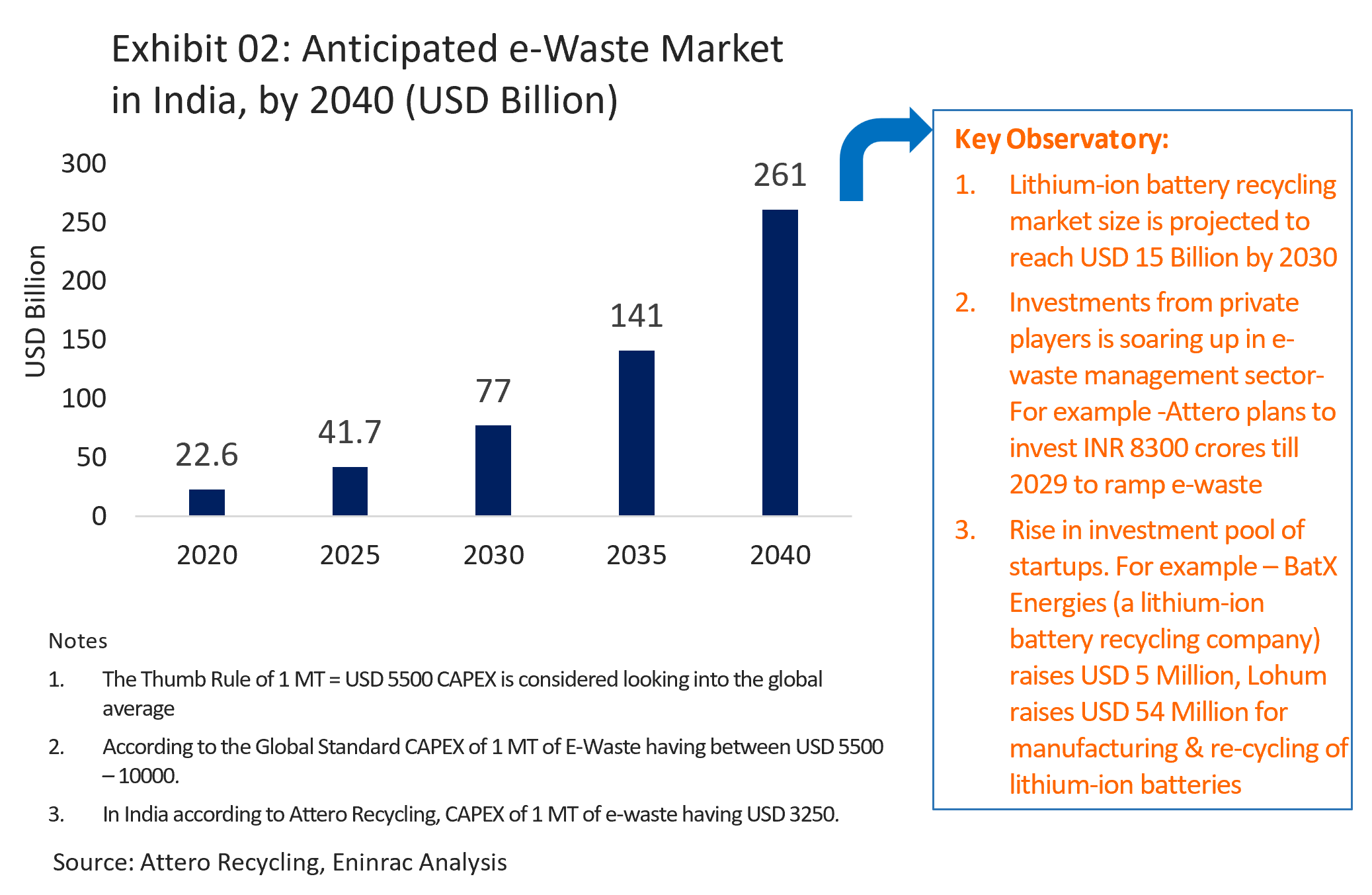
Report Summary Examining State wise investment opportunity for waste to energy & waste management value chain in India
Waste-to-Energy and Waste Management Market & Outlook in India 2030
Share Report
License Type
In addition to single user license
- About
The market size of bio economy in India has witnessed a double-digit growth of approximately 26% from 2014 to 2023. As the same stood at USD 10 Billion in 2014 & has grown to USD 80 Billion in 2023. It has increased by 8 times over the last 9 years and is further anticipated to reach as mark of USD 300 Billion by 2030. Infact, India aims to be among the top 5 bio-manufacturing hubs by 2025. This indicates that there exists a serious business case for the players in the bio waste management segment in India, especially agricultural waste. It is pertinent to note that India annually produces about 683 Metric Tonnes of crop waste & an estimated 682.6 Metric Tonnes of agricultural waste including both edible crop production & surplus materials. Infact, nearly 62 Million Metric Tonnes of solid waste is generated in India annually, of which only 53% is treated, opening business opportunity for the incumbents & new entrants to monetize the remaining 47%. Government of India launched the Swachh Bharat Mission-Urban (SBM-U) on October 2, 2014, with the objective to scientifically process all the Municipal Solid Waste (MSW) generated in the country. To carry forward the progress made, Swachh Bharat Mission (SBM-U) 2.0 has been launched on October 1, 2021, for a period of five years, up to October 1, 2026, with a vision of achieving Garbage Free Status for all cities through 100% source segregation, door to door collection and scientific management of all fractions of waste, including safe disposal in scientific landfills.
- TOC
- USPs
- Key Highlights
- Report Insights
- Must Buy For
Get your report flyer
Download the flyer to learn more about:
- Report structure
- Select definitions
- Scope of research
- Companies included
- Additional data points








